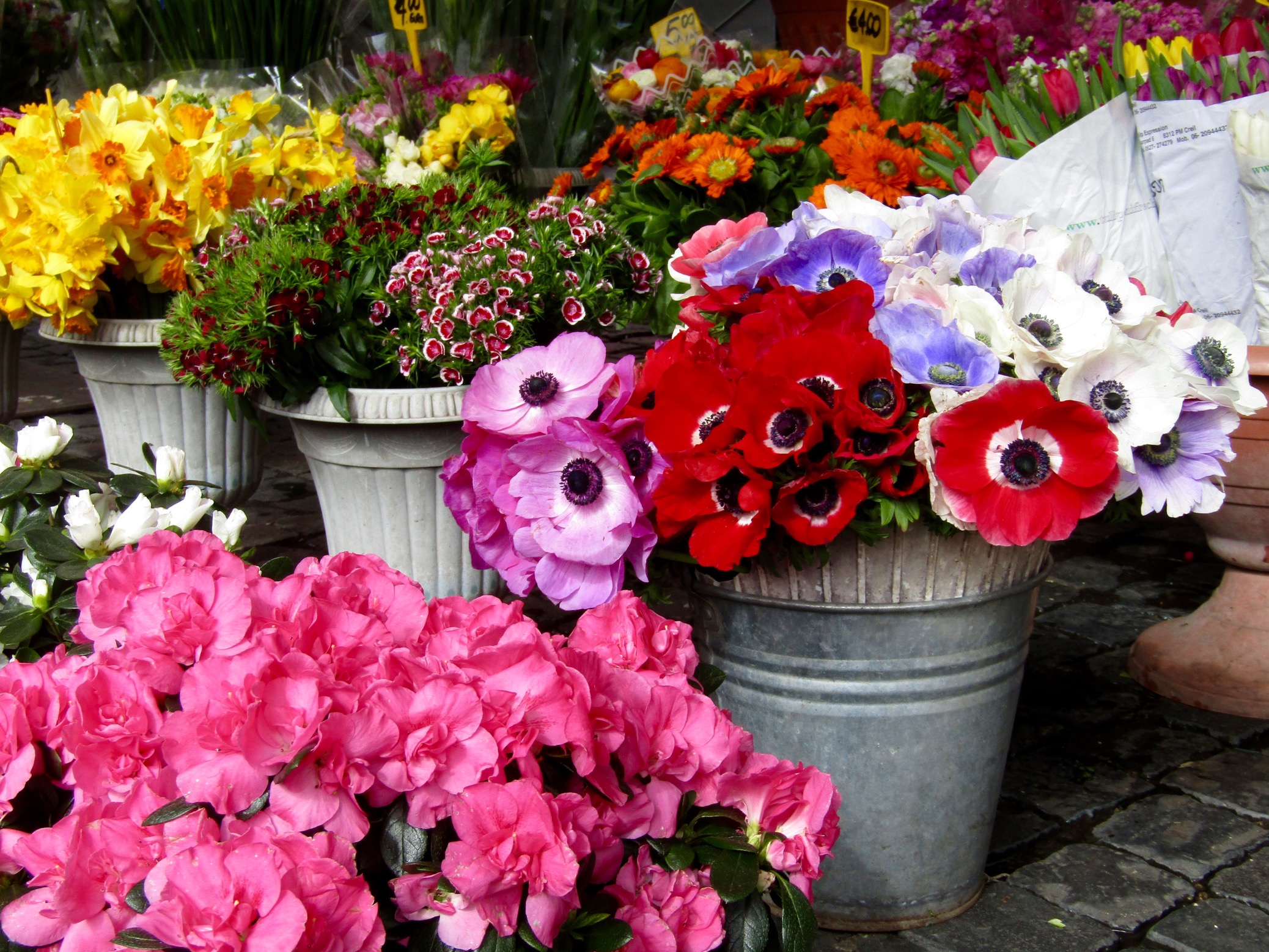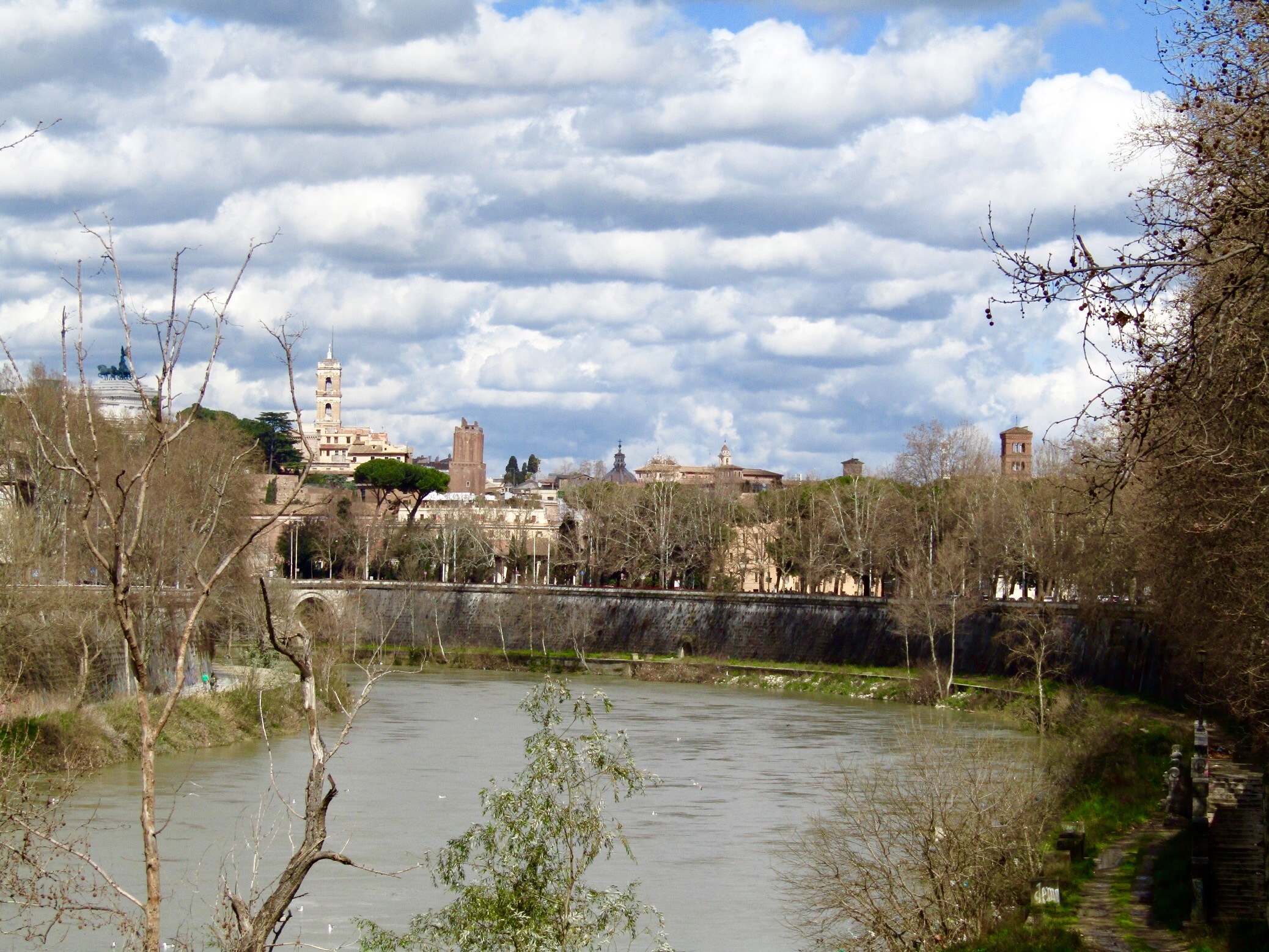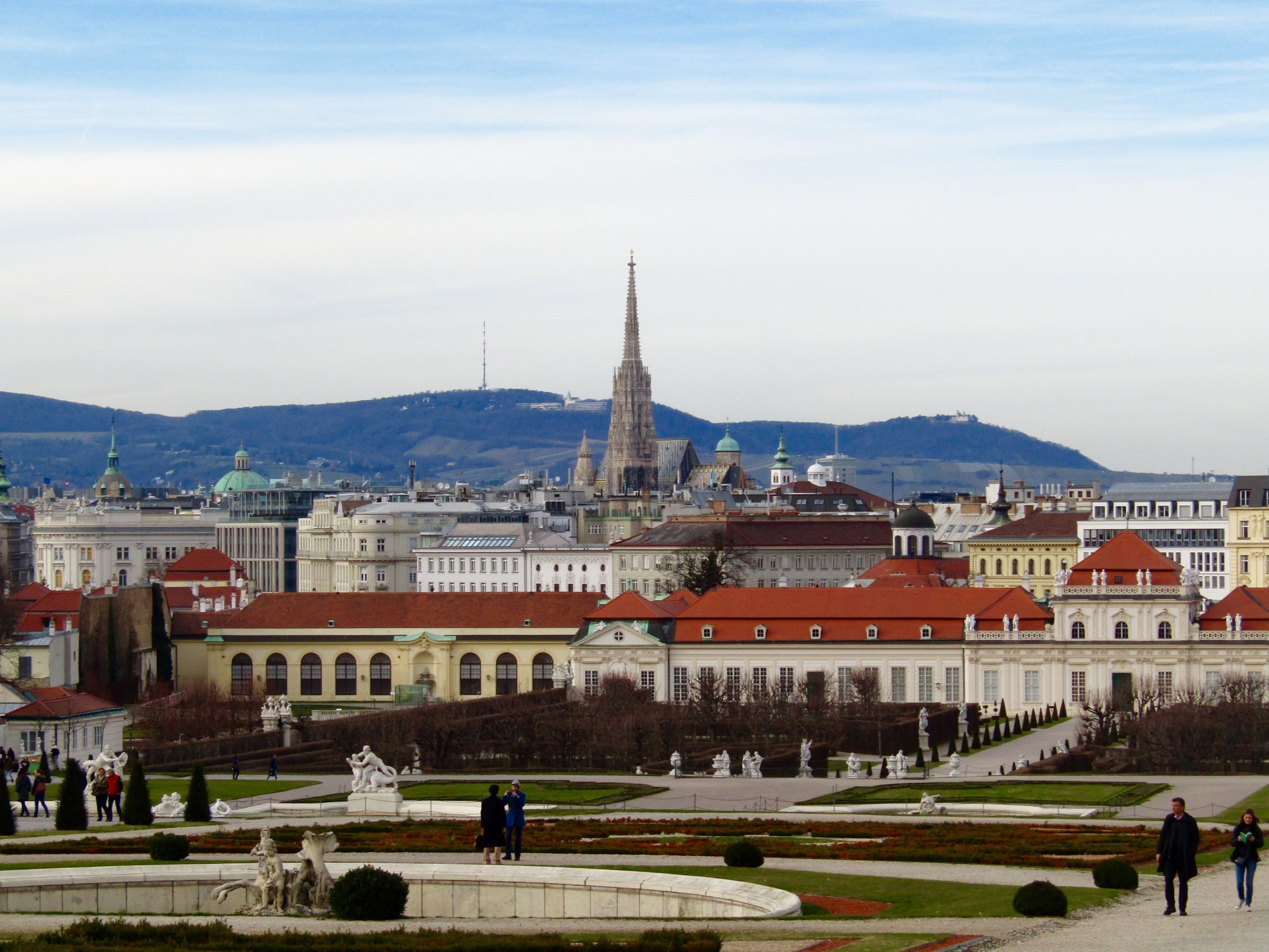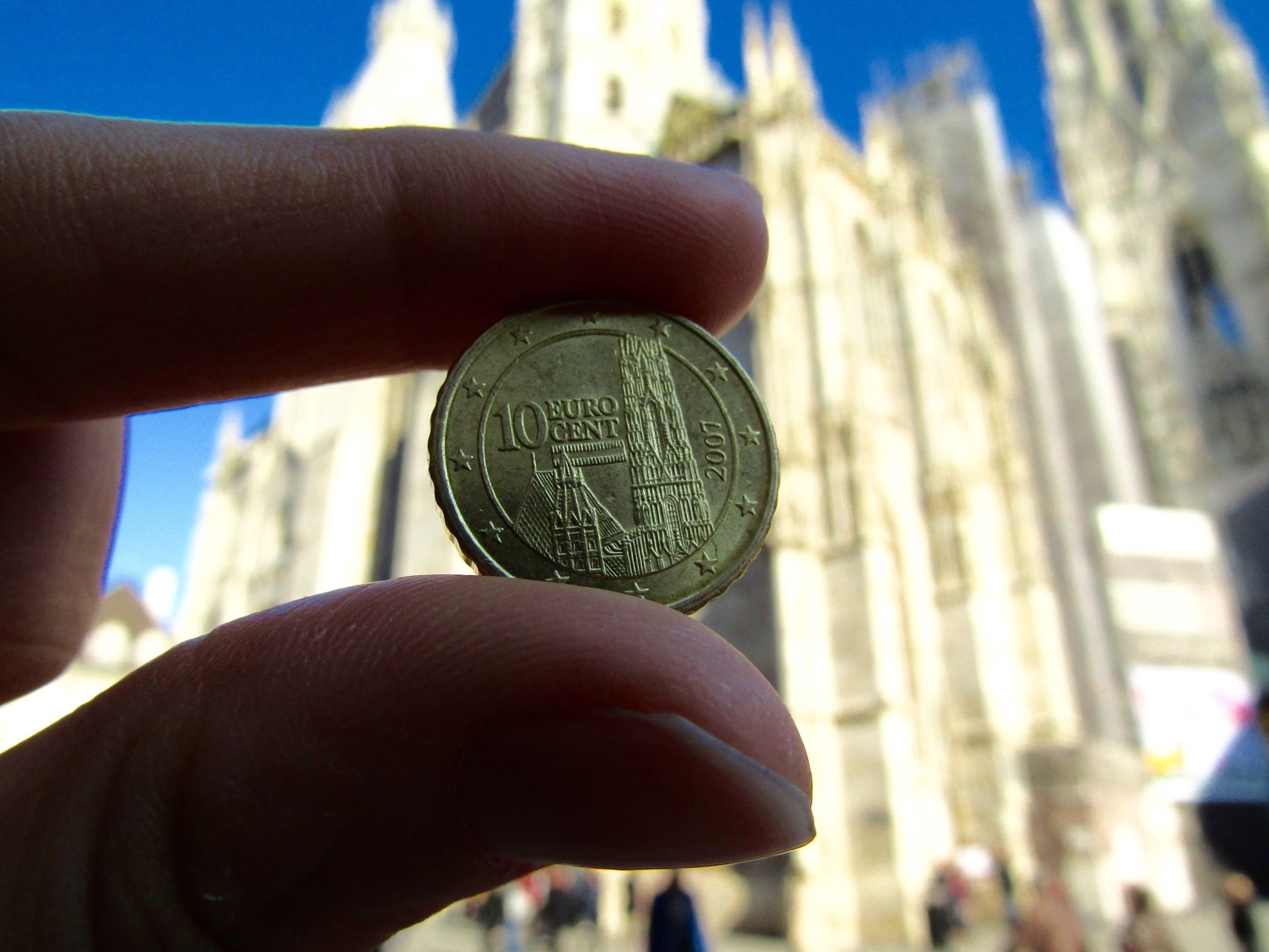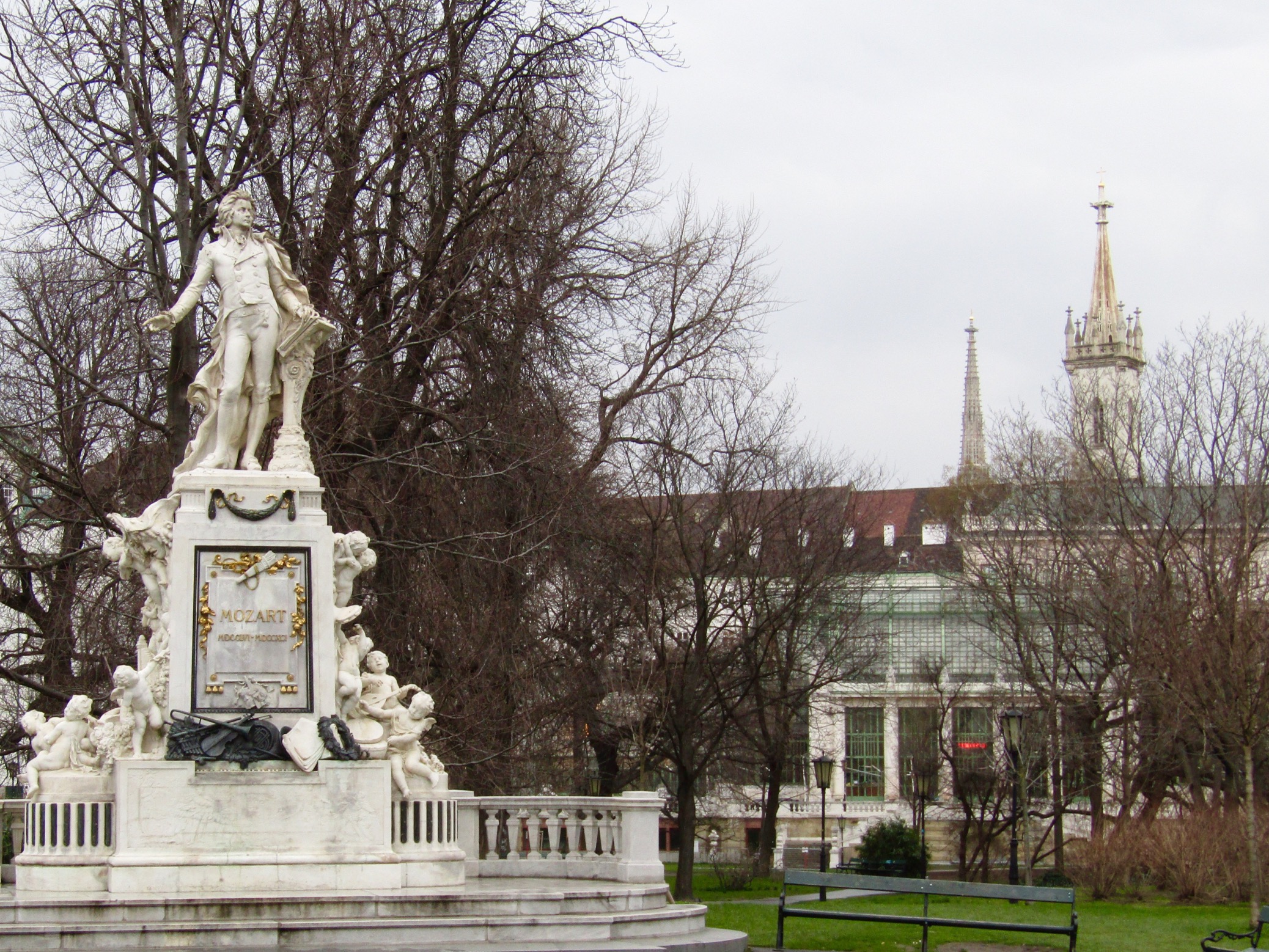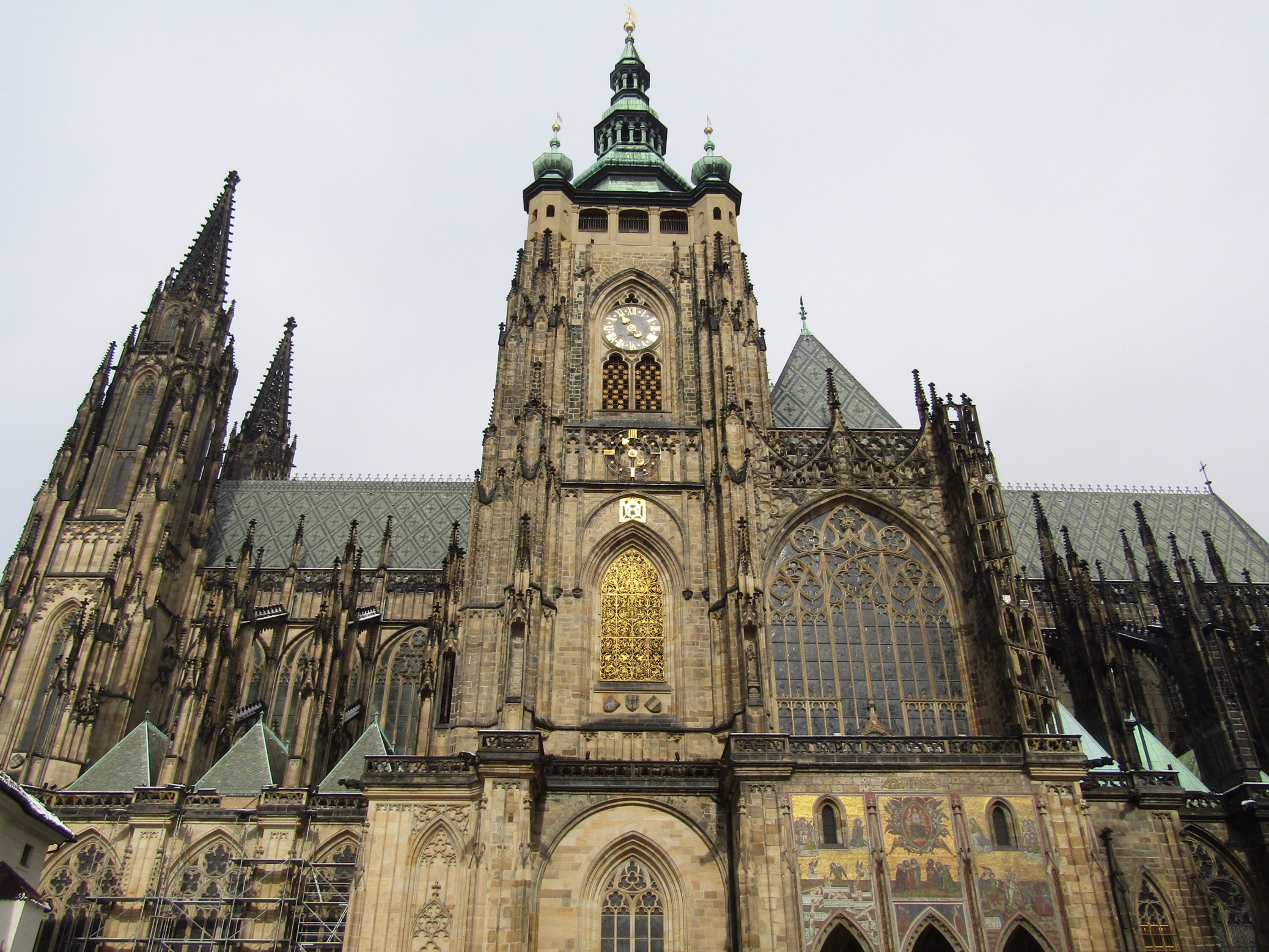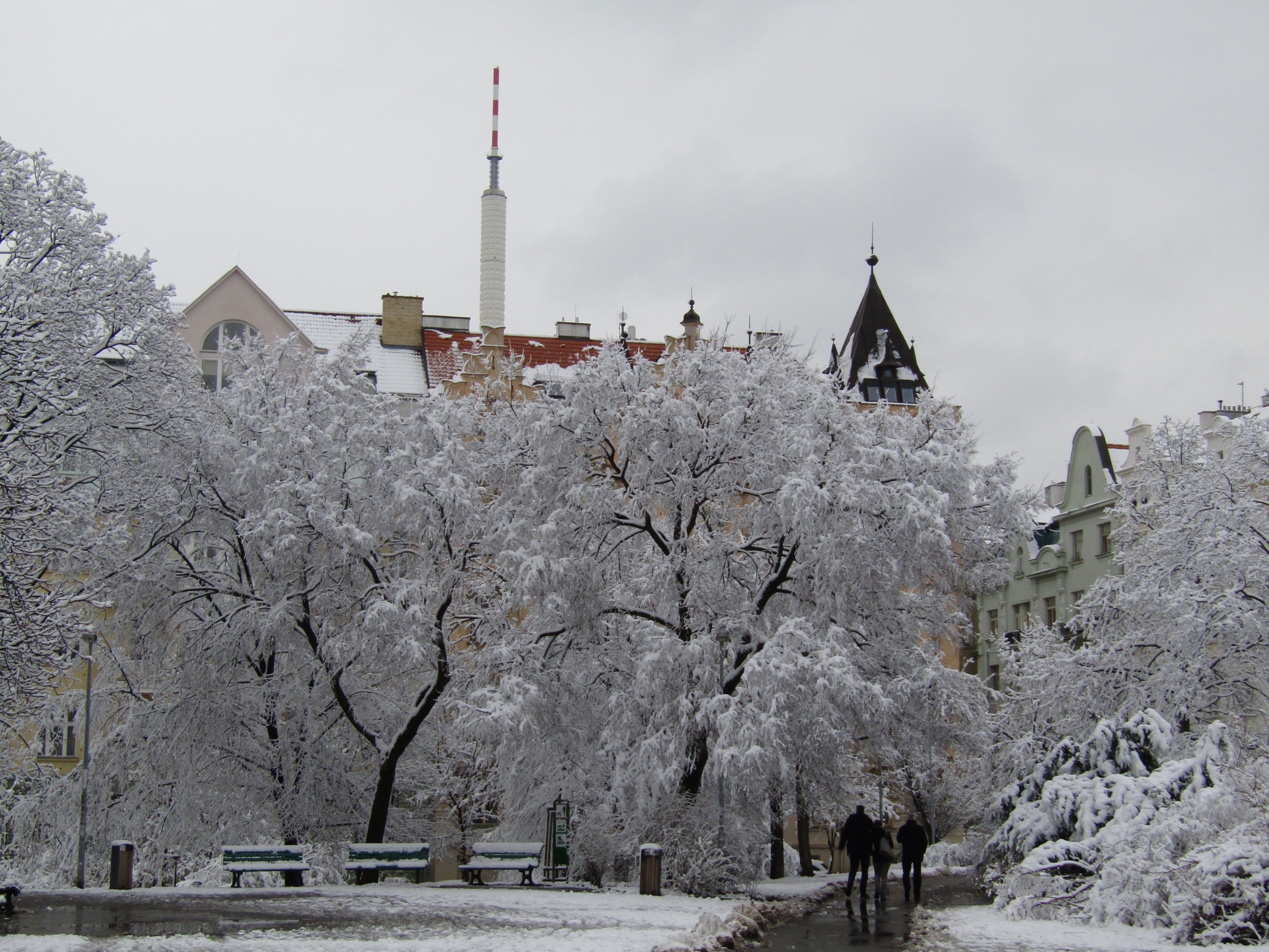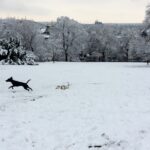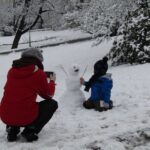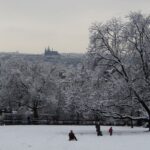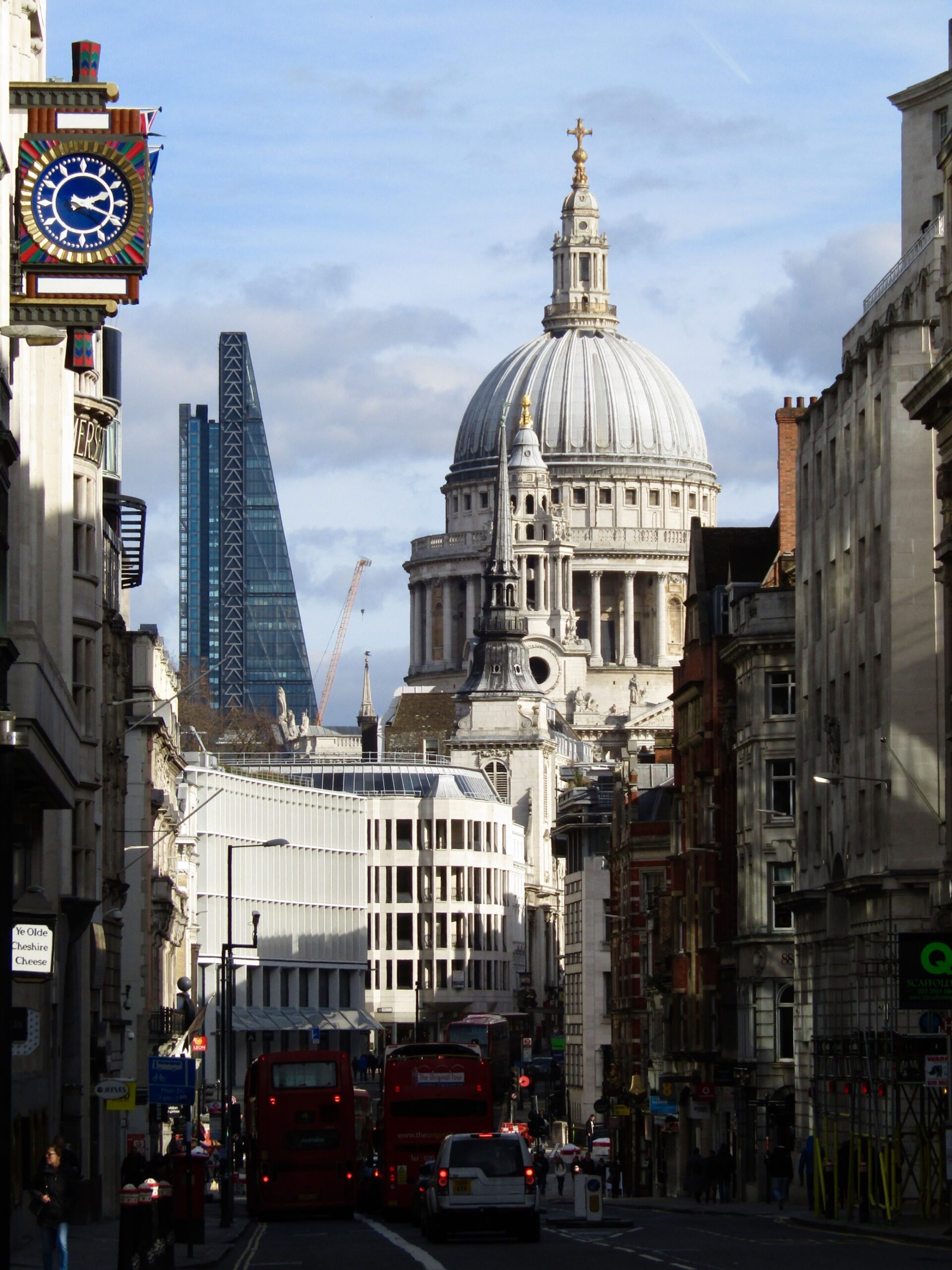It was around 5 a.m. when the constant trilling of the doorbell told me I was doomed to never sleep again. An early arriver to the B&B with no apparent concept of time or decorum kickstarted day 42 a couple hours earlier than expected. But when life gives you lemons at the crack of dawn in Rome, toss them aside and grab a double shot of espresso!
The early wake-up call gave us a head start on the rest of the tourists. Following a walking tour of Centro Storico’s public squares—or piazzas—we started at the Campo de’ Fiori market.
Italian for “Field of Flowers,” Rome’s oldest market has run daily since 1869. Thanks to its name, it’s commonly thought to be a flower market, but originally offered just fresh fish and produce. Today, locals come for groceries, gourmet cheese and even some fresh flowers (pictured above) while tourists are tempted by the carry-on-sized oils, vinegars, salts and more.
At the popular Piazza Navona, we hung a right into the less-touristy Piazza Sant’Eustachio, home to an 8th-century church of the same name. We quickly passed through Piazza della Rotonda, where the morning crowds began to gather at the Pantheon, and continued into the church courtyard of Piazza di Sant’Ignazio.
We joined the locals for a second round of coffee in Piazza di Pietra, named for the imposing ruins of the Temple of Hadrian, before finishing our walk at Piazza Colonna. A popular public square predating the Middle Ages, the Column of Marcus Aurelius dating to 193 A.D. is the main attraction.
We returned to Trastevere for lunch at Forno La Renella. The popular bakery draws hefty crowds for pizza at lunchtime, but is most famous for its breads. The shop’s oven has been pumping out classic Italian breads since 1870, cooked to perfection by a fire fueled by hazelnut shells. The nutty smell fills the streets and reportedly infiltrates the bread as well, but after a couple giant slices of pizza, it was impossible to confirm this personally.
We walked off our lunch a little bit, then set out on a mission to find another bakery we’d read about after leaving Rome the first time around. Biscottificio Innocenti is tucked away from Trastevere’s town center on a side street in a blink-and-you’ll-miss-it storefront. Even more popular with locals than tourists, Innocenti pumps out piles of Rome’s best cookies on a 60-year-old conveyor belt oven that fills the center of the small shop.
Opened in 1920, the third-generation owner was delightfully cheerful and patient as we perused the two dozen options in the window display. She offered suggestions as she filled the bag with tasty treats. The shop’s most popular cookie is a hazelnut-flavored mound of goodness called brutti ma buoni, literally “ugly but good.”
While we sat on the single bench and sampled our bounty, the owner dropped a couple hot-off-the-belt almond cookies in our bag. Others came and went, clearly regulars who knew both the owner and the cookie selection well. Cookies = Love.
In the evening, we geared up for the crowds and headed back to Centro Storico to visit Trevi Fountain. We’d visited once before during the day, but the view at night is equally stunning. The floodlit facade and water illuminated from beneath make the fountain glow. We sat for awhile, appreciating the beauty while ignoring the selfie stick users and vendors. Finally, we tossed our coins in the fountain, thrown with the right hand over the left shoulder, to ensure a return to Rome in the future.






More Photo of the Day posts from our January-March 2016 trip to Europe

